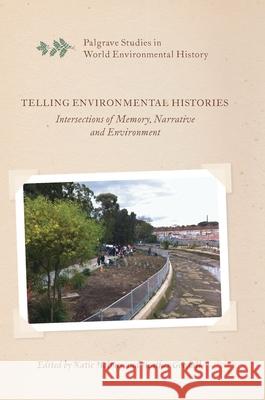Telling Environmental Histories: Intersections of Memory, Narrative and Environment » książka
topmenu
Telling Environmental Histories: Intersections of Memory, Narrative and Environment
ISBN-13: 9783319637716 / Angielski / Twarda / 2018 / 326 str.
Kategorie BISAC:
Wydawca:
Palgrave MacMillan
Seria wydawnicza:
Język:
Angielski
ISBN-13:
9783319637716
Rok wydania:
2018
Wydanie:
2017
Numer serii:
000768718
Ilość stron:
326
Waga:
0.70 kg
Wymiary:
21.01 x 14.81 x 2.69
Oprawa:
Twarda
Wolumenów:
01
Dodatkowe informacje:
Wydanie ilustrowane











